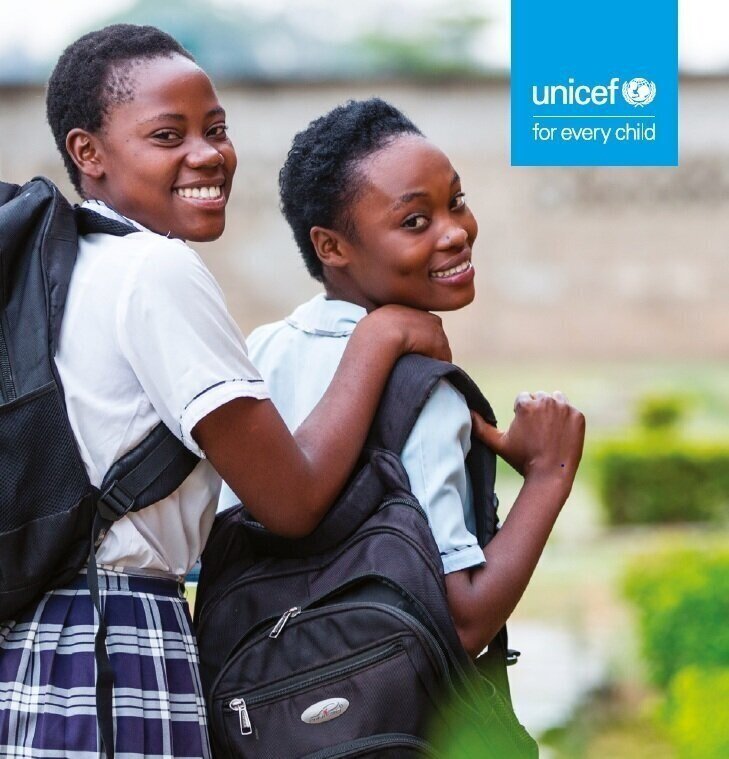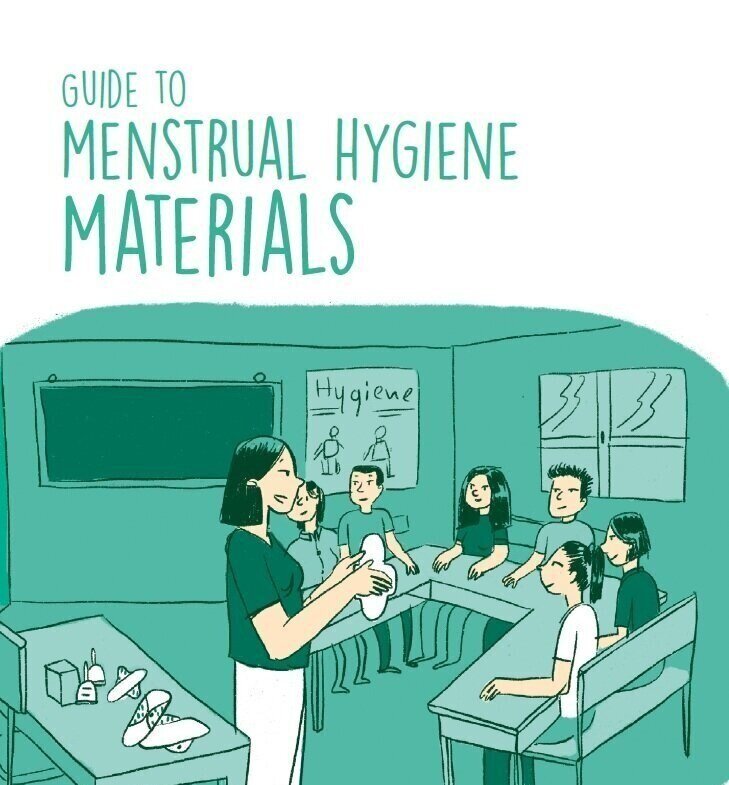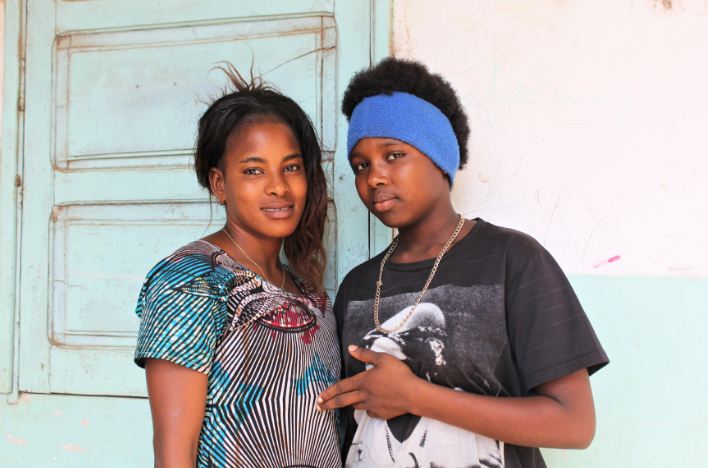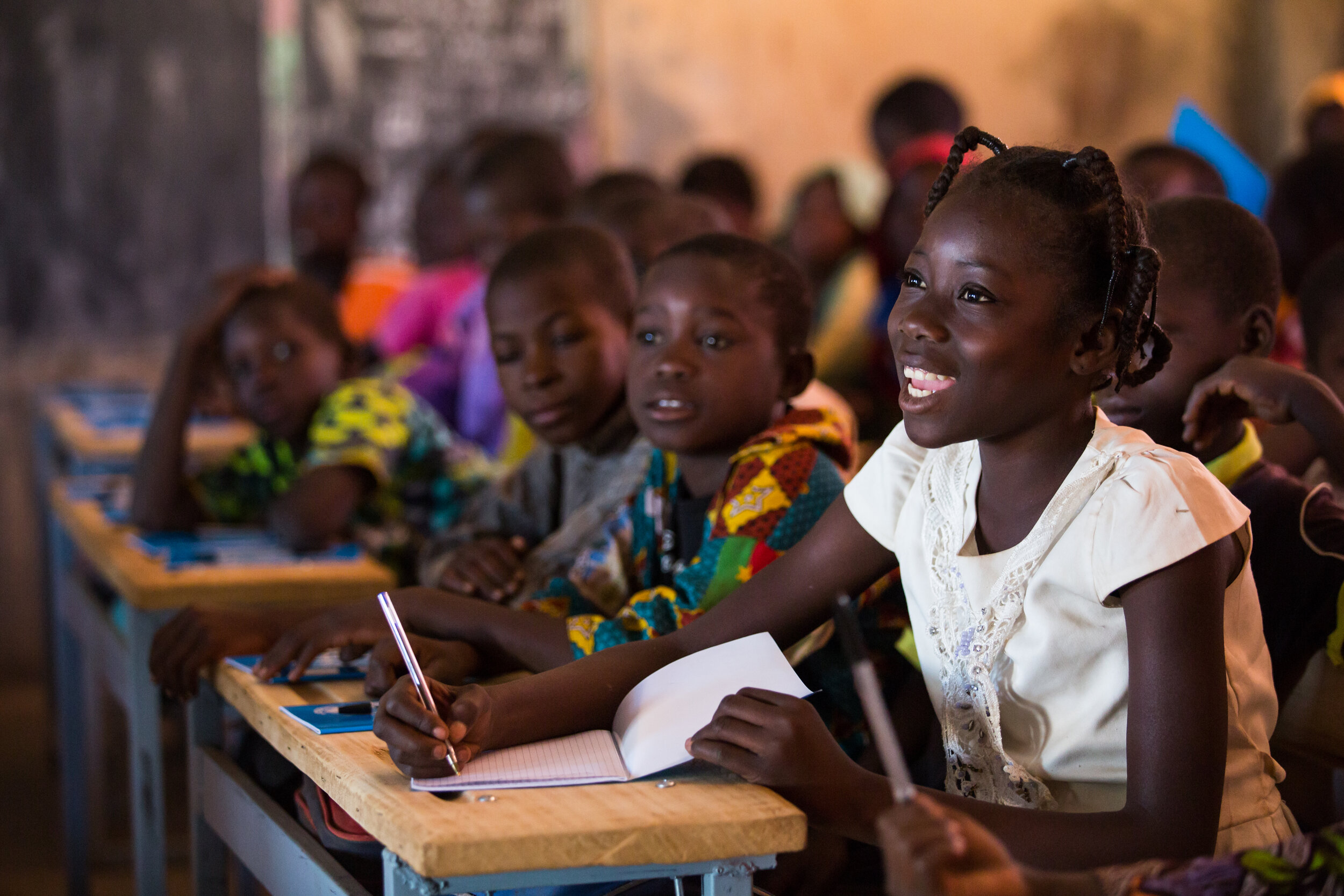
Guidance on menstrual health and hygiene
This guidance is aimed at strengthening the quality and comprehensiveness of UNICEF’s support to menstrual health and hygiene, in support of the achievement of organizational targets on WASH, gender and adolescent development. It is based on field experiences and global good practice.
Download it here
guide to menstrual hygiene materials
This guide is aimed at informing the selection and procurement of menstrual hygiene materials by UNICEF country and regional offices, particularly in humanitarian response. It is based on a review of the evidence and recent experiences. It describes the key characteristics for the most common menstrual hygiene materials.
Download it here


“Now NO one knows when I am on my period” | UNicef blog
Read about new work in Guinea-Bissau to enable girls to manage their menstrual hygiene in this story, “Now no one knows when I am on my period” on UNICEF Connect
Mitigating the Impacts of COVID-19 on Menstrual Health and Hygiene
UNICEF and its partners developed a brief, aiming at helping responding agencies anticipate and mitigate the collateral/secondary impacts of the COVID-19 pandemic on girls’ and women’s ability to manage their menstruation. Many people, for example, will have already be aware of the statistic from WHO that 70% of health care workers are women, making menstrual hygiene an important part of their continued ability to do their essential work. Others will have already experienced shortages of essential goods like pads or tampons when on their weekly shopping trip. This brief considers four main groups of girls and women: health care workers, female patients, those in communities, and those in other institutional settings.
Photograph credits: © UNICEF/UNI280376/Tremeau
